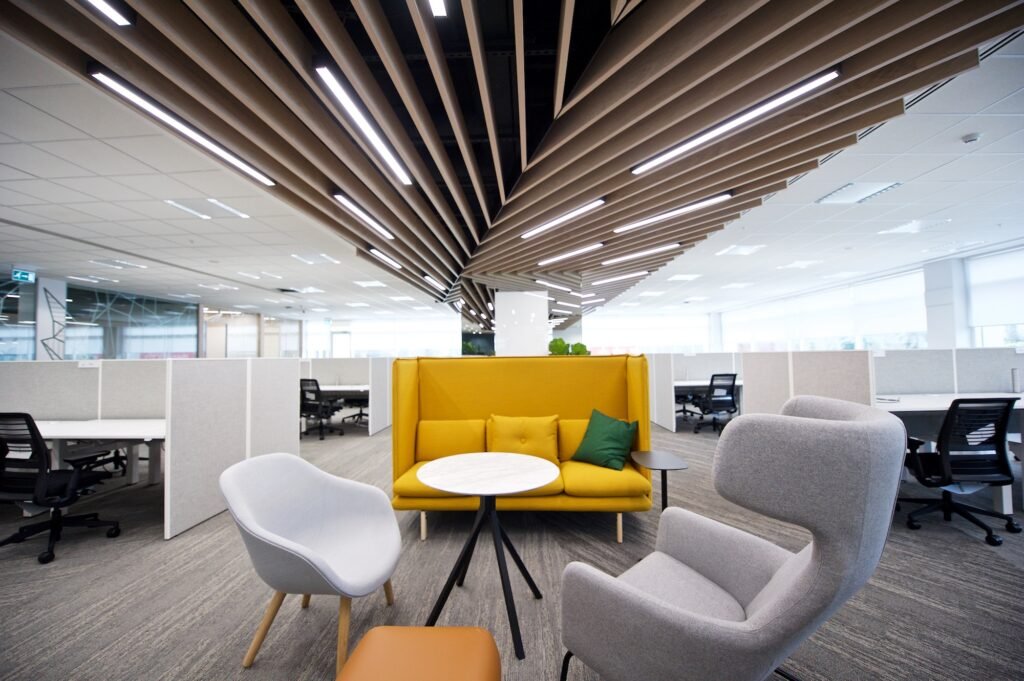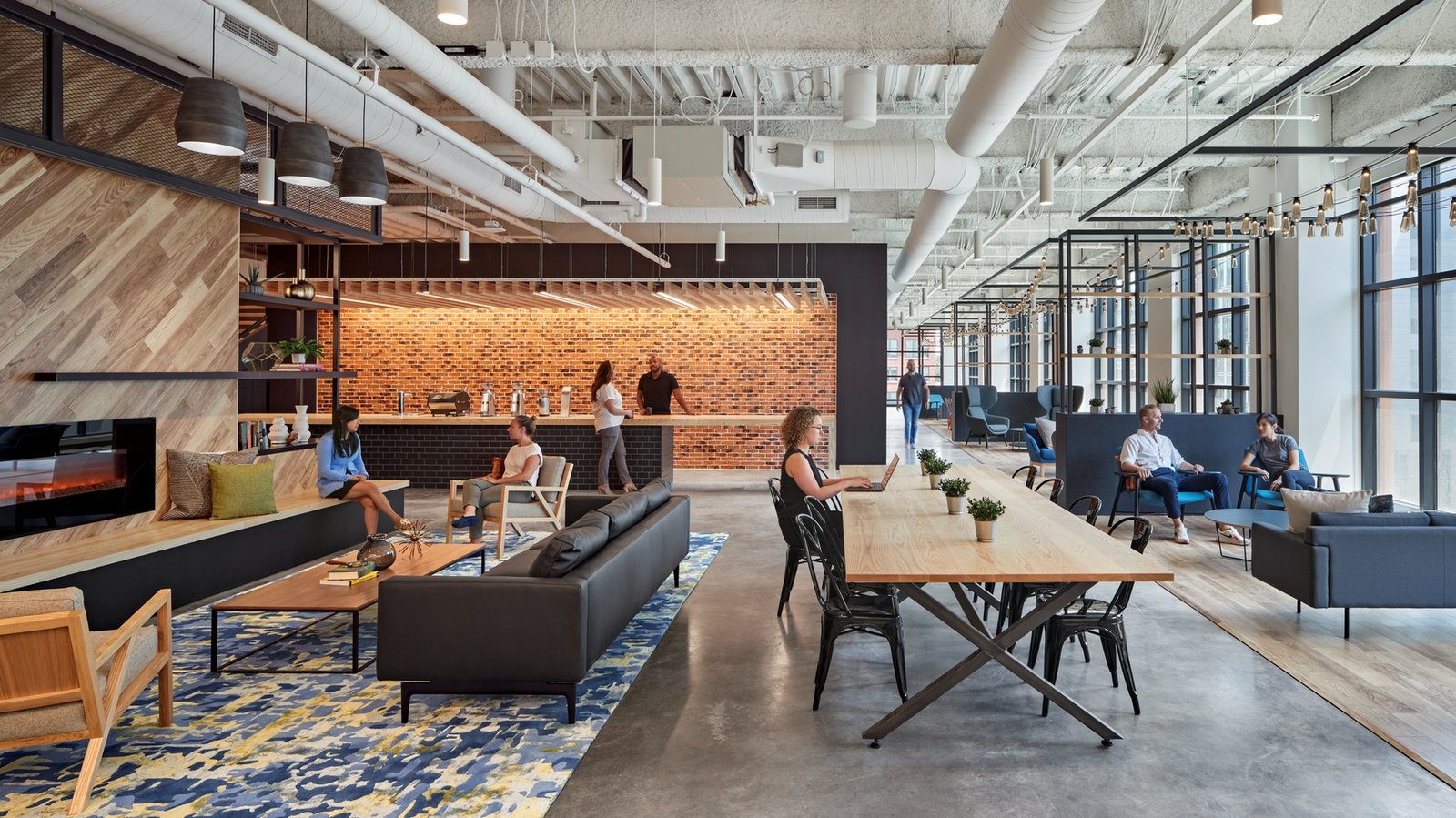In today’s fast-paced world, staying updated with emerging design trends is of utmost importance to create visually appealing and functional spaces.
We are eager to share with you five remarkable trends that are revolutionizing the commercial interior design industry.
-
Biophilic Design
One of the most prominent trends in commercial interior design Auckland is the growing popularity of biophilic design. This design approach involves integrating natural elements into commercial spaces, bringing the outdoors in. Incorporating plants, natural light, and organic materials into the design can have a profound impact on the overall ambiance and well-being of the occupants.
Biophilic design has been proven to enhance productivity, reduce stress, and improve indoor air quality. Studies have shown that exposure to nature and natural elements can boost creativity, cognitive function, and overall happiness. Many offices, restaurants, and retail stores have successfully implemented biophilic design by incorporating living walls, indoor gardens, and large windows that allow for ample natural light.
-
Flexible Workspaces
With the rise of remote work and the increasing desire for work-life balance, flexible workspaces have become a significant trend in commercial interior design. These spaces promote collaboration, adaptability, and employee well-being. Gone are the days of confined cubicles and rigid office layouts.
Open floor plans, modular furniture, and adjustable layouts are now the norm. By offering versatile spaces that can be customized to fit different work styles and preferences, businesses can create an environment that fosters creativity, communication, and teamwork.
Furthermore, technology integration plays a crucial role in creating dynamic environments for remote workers and freelancers. With the right tools and infrastructure, individuals can work seamlessly from anywhere, increasing productivity and job satisfaction.
-
Sustainable Materials and Practices
In recent years, there has been a significant shift towards eco-friendly solutions in commercial interior design Auckland-wide. Businesses and consumers are becoming more conscious of their environmental impact and are demanding sustainable practices. As a result, designers are incorporating sustainable materials such as reclaimed wood, recycled plastics, and low VOC (volatile organic compounds) paints into their projects.

These materials not only contribute to healthier indoor environments by reducing air pollution and toxic emissions but also add a touch of uniqueness and character to the space. Green building certification are now used as indicators of environmentally conscious design practices.
By choosing sustainable materials and implementing energy-efficient systems, businesses can reduce their carbon footprint and contribute to a greener future.
-
Technology Integration
Technology is revolutionizing the way we design and experience commercial spaces. Innovative solutions such as smart lighting systems, touchless controls, and Internet of Things (IoT) devices have become integral to commercial interior design. These advancements not only improve efficiency but also provide personalized experiences for customers or employees.
Imagine walking into a hotel room where the lights automatically adjust to your preferred settings or a shopping mall where interactive screens provide real-time information about sales and promotions. Technology integration allows businesses to create immersive and interactive environments that enhance the overall customer experience.
In corporate campuses, IoT devices can help optimize energy usage, monitor workspace occupancy, and improve security.
-
Wellness-Oriented Spaces
In today’s fast-paced and stressful world, there is a growing trend towards wellness-oriented interiors in commercial spaces. Businesses are realizing the importance of prioritizing mental and physical health and are incorporating features that support well-being.
Wellness-oriented spaces may include meditation rooms, fitness areas, ergonomic furniture, and ample natural lighting. These spaces are designed to provide a sanctuary for employees and customers, allowing them to recharge and rejuvenate.
Research has shown that incorporating wellness features into commercial spaces can lead to increased employee satisfaction, improved productivity, and enhanced customer experiences.
Conclusion
Commercial interior design is constantly evolving, and staying updated with the latest trends is crucial for creating visually appealing and functional spaces. The five innovative trends discussed in this blog post – biophilic design, flexible workspaces, sustainable materials and practices, technology integration, and wellness-oriented spaces – are reshaping the commercial interior design industry.
By incorporating these commercial interior design Auckland trends into their projects, businesses can create spaces that not only look aesthetically pleasing but also promote productivity, well-being, and sustainability.





